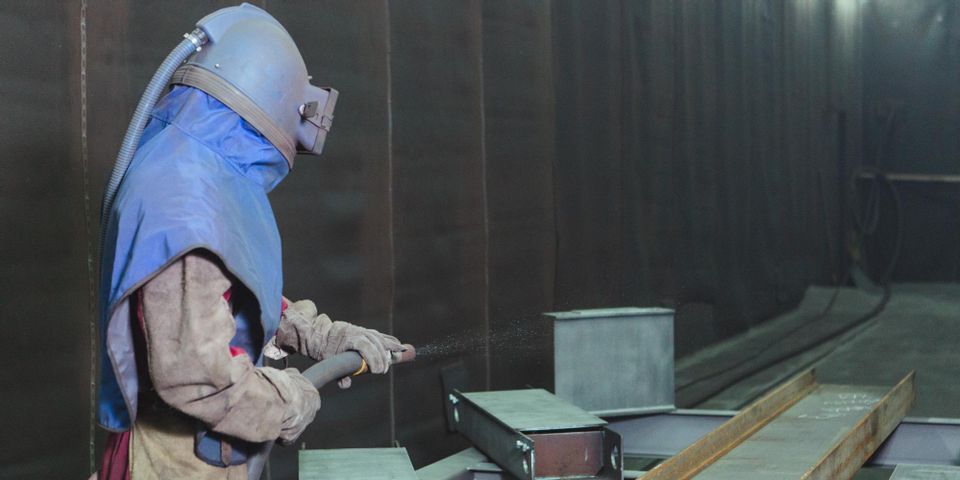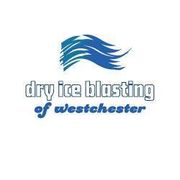How Does Dry Ice Blasting Compare to Sandblasting?

When it comes to equipment cleaning and surface restoration, both sand and dry ice blasting are popular options. But while both of these media blasting services can help refresh many different types of materials, they don’t work quite the same way. Whether you’re planning a paint removal project or need industrial cleaning, here are a few important differences between dry ice and sandblasting techniques that you should know.
Sand Vs. Dry Ice Blasting
Blasting Process
With both techniques, professionals use specialized equipment to spray a surface with a cleaning media. Sandblasting, for example, distributes fine sand particles out of a hose at a high velocity. The resulting friction helps remove matter from the substrate. By contrast, dry ice blasting ejects carbon dioxide pellets. When the pellets hit the surface, they evaporate into a gas and create a temperature change that helps remove substances that have accumulated above the substrate.
Abrasiveness
Due to the friction it produces, sandblasting is somewhat abrasive. In some cases, this abrasiveness can be useful in difficult paint removal or etching. However, it can also damage vulnerable surfaces—such as glass and wood. Dry ice blasting is not abrasive and is much gentler, making it a better job for those who are working with sensitive materials or historic buildings.
Secondary Waste
 Through both methods of surface restoration, built-up debris will fall off from the affected substrate. Sandblasting, however, produces dust that can be irritating and cumbersome to clean. Since dry ice evaporates, it produces no secondary waste and can speed up the cleaning process in an eco-friendly fashion.
Through both methods of surface restoration, built-up debris will fall off from the affected substrate. Sandblasting, however, produces dust that can be irritating and cumbersome to clean. Since dry ice evaporates, it produces no secondary waste and can speed up the cleaning process in an eco-friendly fashion.
Toxic Byproducts
Neither sand nor dry ice blasting relies on toxic chemicals for surface restoration, but they should always be done within a well-ventilated area and while wearing proper protective clothing. In some cases, hazardous materials—such as lead paint or asbestos—may combine with sandblasting dust and make an environment unsafe. By contrast, dry ice keeps hazardous materials from spreading to promote greater health and safety.
When you want a superior surface restoration experience, turn to Dry Ice Blasting of Westchester in New York. Offering dry ice blasting services, these specialists will handle every step of the process to help you enjoy stress-free cleaning. Well-versed in the different applications of this technique, this team will also adjust blasting to keep your surfaces intact while safely removing debris. To learn more about their capabilities, visit this commercial blasting service online. If you’d like to schedule service or request an estimate, call a friendly associate at (914) 216-1998.
About the Business
Have a question? Ask the experts!
Send your question

